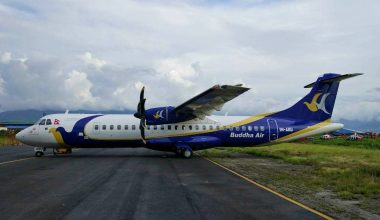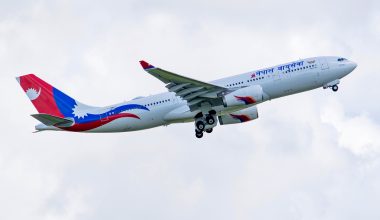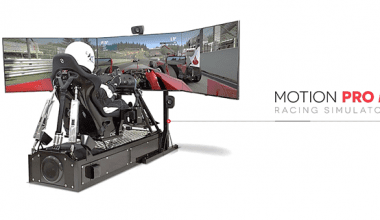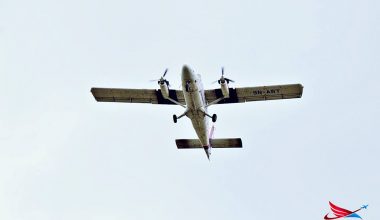FAA (Federal Aviation Administration) is all set to conduct the calibration flight for the next generation radar system installed at Bhatte Danda in Lalitpur. The calibration flight has been scheduled from 16 to 18 November however; the departure of an aircraft for the inspection from FAA is yet to be confirmed.
According to Er. Sanjeev Singh Kathayat (Dy. Director, CNS P & D Department), the calibration flight will not have a greater impact to the flight operation at the Kathmandu airspace but the air traffic must be handled accordingly at the time of test flight.
A senior officer from TIA said that the NOTAM (Notice to Airmen) will be issued at the time of inspection flight in which the airline operators and flight crews must prepare themselves for the delays as the airport will not shut down completely.
FAA will dispatch a jet aircraft with high-tech equipment for the calibration flight and will prepare the reports as per the results. The radar will come into operation after the test flight which is expected after November this year. At present, the radar installed at Bhatte Danda is operating in its test phase.
Mode S Monopulse Secondary Surveillance Radar (MSSR) was installed a year back by CAAN and JICA jointly under broader Tribhuvan International Airport (TIA) modernization project but was waiting for the calibration flight since then for the official operation.
FAA is expert and pioneers of Radar testing and the reports published by them are more elaborative comparing it with any other authorities, we can rely on them for complete information, stated Mr. Birendra Prasad Shrestha Deputy Director General & Spokesperson at CAAN. The Radar system is planned to replace the previous 18 years old transmission system located in TIA, he added.
The radar installation work was accomplished with 1 billion of Nepalese Currency. The radar installation project was aided by the Japan International Cooperation Agency (JICA).
The new Mode S Monopulse Secondary Surveillance Radar (MSSR) can monitor the aircraft up to 200 nautical miles. Its range reaches extending up to Dang in the west, and covers up the aerospace of entire eastern, northern and southern parts of the country whereas, the current existing 18 years old outdated radar’s range can only reach up to 60 nautical miles.






